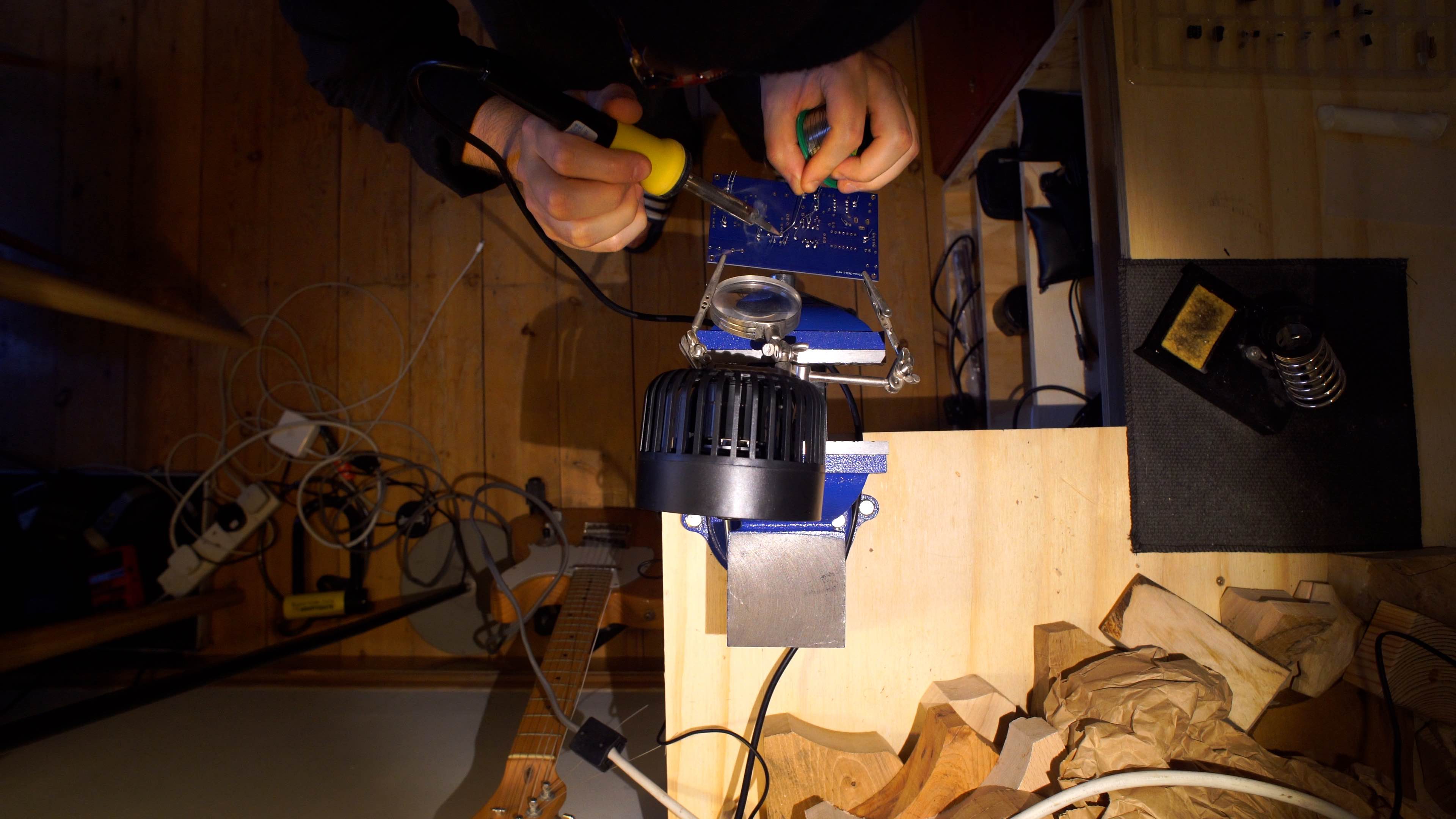My research focuses on how sound as an atmospheric effect, continually moves, manipulates, excites, travels and interacts directly with other perceptible elements within our surroundings. At the inception of the Nuclear Age, the Trinity nuclear test brought this connection into focus with a detonation that produced a wave of sound, heat and radioactive fallout that tore across the deserts of New Mexico, USA. In the years subsequent to this moment, the Nuclear Age has continued to be defined by a narrative of thermal effects; within a generation, humankind oversaw a transition from the fear and suspicion of the ‘Cold War’ to apathy and deception in the face of a planetary crisis of global warming.
While the thermal and the nuclear continue to be linked and perceived as an imminent threat, the audible has been widely ignored as an influencing factor within the societal framework of a postatomic world.
With the proliferation and utilisation of sound-based technologies developed within and associated with the nuclear age, such as the use of ultrasound in radiography and surgical procedures and the more recent development of novel sonic weaponry and monitoring technologies, designed to interact, disrupt, sterilise and control, is it time to consider the social implications of a postatomic listening device? If so, what are the implications of this ‘Postatomic Ear’ and can focussing a sound arts practice on this concept, lead to a better understanding of how the audible can influence our perception of our environment?
Find me at
CRiSAP for more on my research or to get in touch.


